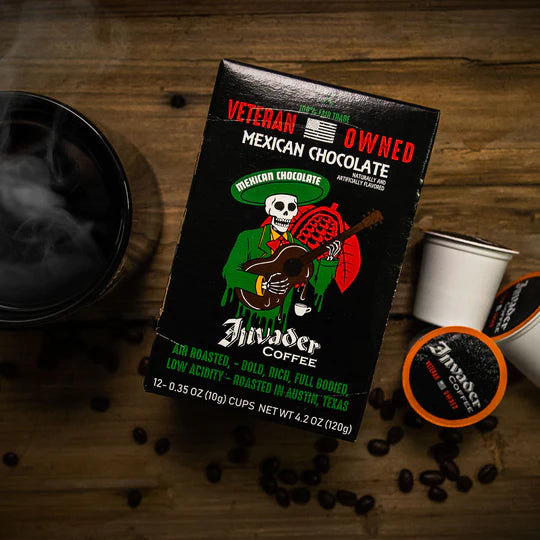People love putting chocolate and coffee together, whether it’s a piece of chocolate with their espresso or in the coffee itself. Numerous meals and drinks mix well with chocolate, but coffee and chocolate have a special allure.
Like peanut butter and jelly, coffee and chocolate were designed to go together. Because of this, many sweets probably contain coffee and chocolate, and the mocha latte has become a staple drink at many coffee shops.
The reason why chocolate and coffee go so well together might not have a definite answer, but we went deep to find out why.
Why Their Combination Works
Their similarities from harvesting to production are possibly what makes their connection eternal. Here’s an understanding of the various processes of procuring the seeds to understand why this combination works so well:
-
Both Obtained From Tropical Plants
The fact that coffee and chocolate are both seeds from tropical plants may be the reason for their delicious compatibility. Both are grown in the “Bean Belt,” located about 20 degrees north and south of the Equator. These thrive in the area’s sunny and humid climate.
Coffee beans are seeds found inside a fruit resembling a bright red cherry. Coffee growers typically separate off two pits from each cherry to harvest the most flavorful java possible, post which they’re allowed to ferment.
Trees, notably the Theobroma cacao tree, are the source of chocolate. Like coffee plants, cacao trees can reach heights of up to 30 feet and bear huge fruits or pods that resemble rugby balls.
The yield can make approximately seven milk chocolate bars or two dark chocolate bars from each pod which contains 30 to 50 seeds. Farmers harvest the pods twice a year, manually cracking them open to access the seeds inside. The stones then go through the fermenting process, like coffee seeds.
-
Similar Production Process
-
Fermentation
The fermentation process additionally enhances the beans’ flavor. The three fermentation techniques used to process coffee fruits are wet, dry, and semidry. The process eliminates the seed’s outer coat and reduces its moisture content, preparing green coffee beans for roasting.
The method of fermenting cacao seeds differs depending on the kind of seed. The seeds are taken out of their pods, put in wooden or earthen crates, covered with banana leaves, and fermented. This transforms the seeds’ bitter flavors into ones we’re accustomed to.
-
Roasting
After fermentation, both the beans must undergo a thorough drying process before being prepared for roasting. Depending on the product sought, coffee beans can be roasted to varying levels, such as dark, medium, or light. Temperatures can go as high as 550 degrees! The roasting time will also vary depending on the desired roast level and bean origin.
The roasting procedure for cacao beans is slightly different because they require a gentler approach. Post shelling, they’re roasted at comparatively lower temperatures, ranging between 250 and 325 degrees.
-
-
Similar Chemical Makeup
Caffeine is present in both cacao and coffee, though to varying degrees. To add on, they both have distinct flavors and aromatic profiles that overlap to yield some classic combos.
If you want something more interesting to satiate your coffee and chocolate pairings, opt for an infused experience of chocolate-flavored coffee by Invader Coffee. Our superior air-roasted blends are paired beautifully with Mexican chocolate, available in convenient flavored coffee K-Cups. Relish the decadent dark chocolate taste today!







